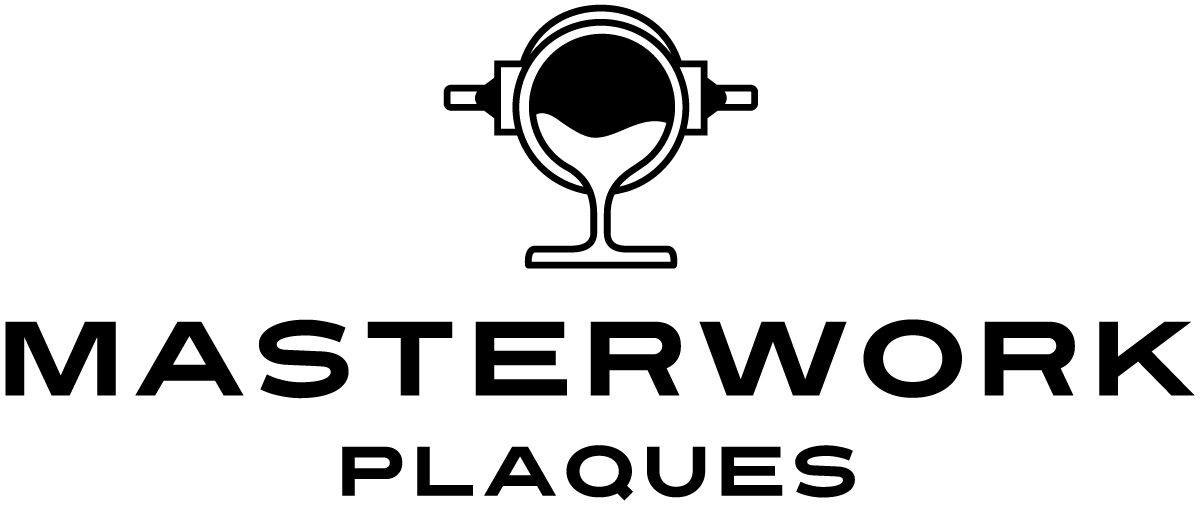PHOTO-RENDERED PORTRAIT PLAQUES
One of the most popular techniques offered at Masterwork Plaques is our “photo-rendered” portrait process. We recommend this option to all of our customers, especially those in search of a cost-effective portrait plaque that can be created in a short amount of time.
The most important element of the photo-rendered portrait process is the actual photo of the subject that is provided to us. It is important that the photo is not pixelated or blurry, as this will show up in the final bronze portrait. For our clients who may be less familiar with what constitutes a high-quality photo, we’ve answered some frequently asked questions below.
WHAT IS "DPI"?
Dots per inch, or “dpi”, is the measure of the amount of dots comprising an image within the span of one inch. Computer monitors call these dots “pixels”, so “ppi” and “dpi” can be used interchangeably. A high-quality photo has many dots per inch, a low quality photo has less. These tiny dots have a great effect on the overall image quality. Take a look at the high-quality example below.
(Left) High-Quality Image (300dpi), (Right) Translation of image into Photo-Rendered portrait
As you can see, the photo above has no pixelation. The file is also 300 dpi, which means the image has a good amount of information to translate into cast bronze.
Below is an example of an image with only 60dpi. As you can see, this is a lower quality image. It appears blurry and unclear. We don’t have a lot of information. As you can see, the photo was translated into bronze, and the pixelation carried into the final product.
(Top) Low Resolution Image, (Bottom) Translation of Low-quality image into Photo-Rendered Portrait
The photo-rendered process converts data stored in the photograph into a bronze portrait. Therefore, if you provide a low quality photo, only limited information will appear on the final bronze plaque.
HOW CAN I CHECK IF MY PHOTO IS HIGH ENOUGH QUALITY?
Here’s a quick list of simple ways to check if your photo is usable:
Take a look at the image file size. If it is under 500kb, it may be too small to use.
Double click on the image file. If it opens up at a small size (less than half of your laptop screen, it is also likely too small.
At actual size, if the image appears blurry or pixelated, it is also too low quality.
CAN MASTERWORK PLAQUE USE PRINTED IMAGES?
In some cases, yes. We recommend scanning this image at 300dpi or higher if you can. The higher the dpi, the more data is copied from the original image and saved in the digital copy. Note: if the hard copy photo is blurry, you should not expect scanning to improve the photo quality. If the subject is blurry in the original image, it will still be blurry in the scan, which will cause problems when this image is translated into bronze.
WHAT IF I CAN ONLY FIND IMAGES LESS THAN 300DPI?
If you are unsure whether your image is high enough quality, send it to us via email and we can review the image in house. Sometimes we can edit the image file to increase its sharpness and minimize minimal pixelation if no alternative can be found.















